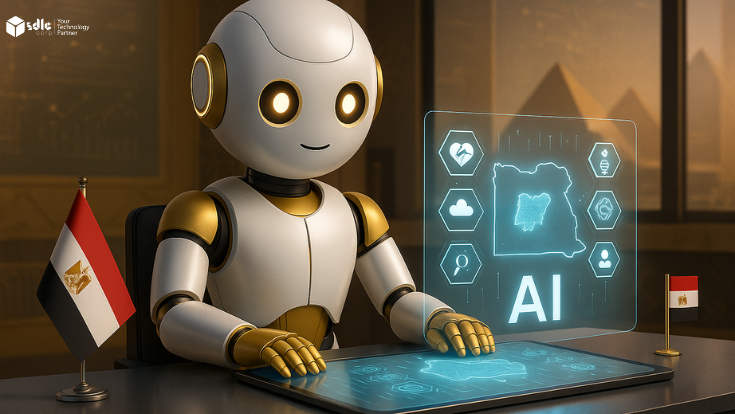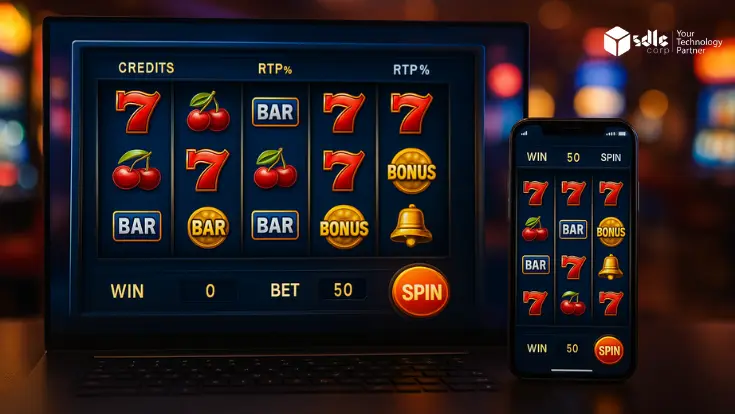The gaming industry is no stranger to rapid evolution, but the integration of blockchain technology and decentralized finance (DeFi) has truly redefined the future of digital assets in gaming. This blend of gaming and decentralized technologies, often referred to as “GameFi,” has introduced innovative ways for gamers to interact with virtual worlds, earn rewards, and own in-game assets in a way never before possible.
Tokenizing GameFi opens the door for a transformative shift where gamers not only play for entertainment but also for financial gain. This system empowers players by allowing them to take full ownership of digital assets like skins, weapons, avatars, or even real estate within a game’s universe. More importantly, these assets are transferable, sellable, and exchangeable across different platforms, giving rise to a fully integrated digital economy.
Experience the Next Era of Gaming: Play, Earn, and Thrive with GameFi

What is Tokenization in GameFi?
At its core, tokenization is the process of converting physical or digital assets into a token that can be stored, traded, and transferred on a blockchain. In the context of GameFi, these tokens represent various in-game assets, such as characters, items, or currencies, with the crucial distinction that players own these tokens outside of the game environment.
Tokenization has several key benefits for gaming:
- True Ownership: Traditional games store assets on centralized servers, meaning players can lose access if the game shuts down or the account gets banned. Tokenization, however, gives players full control of their assets, stored on a decentralized blockchain.
- Interoperability: Blockchain enables assets to be used across different games or platforms. For instance, a sword earned in one game could be utilized in another, or even sold on a marketplace for real-world value.
Monetization of Playtime: Play-to-earn (P2E) models in GameFi allow players to earn tokens that can be traded for other cryptocurrencies or fiat, converting playtime into tangible financial rewards.
Key Token Types in GameFi
Understanding the types of tokens used in GameFi is essential for grasping how the ecosystem functions. There are two primary types of tokens prevalent in the GameFi world: Fungible Tokens and Non-Fungible Tokens (NFTs).
1. Fungible Tokens (FTs)
Fungible tokens, such as Bitcoin (BTC) or Ethereum (ETH), are interchangeable and identical to each other. In GameFi, fungible tokens can act as in-game currencies, used to buy or sell items, pay for upgrades, or participate in governance.
For example, popular blockchain games like Axie Infinity use their own fungible token, AXS (Axie Infinity Shard), which players can trade on decentralized exchanges (DEXs) or use to vote on game updates and other governance proposals.
2. Non-Fungible Tokens (NFTs)
Non-fungible tokens (NFTs) represent unique digital assets, such as characters, equipment, or real estate in a game. Unlike fungible tokens, NFTs cannot be exchanged on a one-to-one basis, as each NFT has its own distinct value based on rarity, utility, or other factors.
The NFT market within GameFi is booming, as players are eager to collect, trade, and use these unique digital items. This has given rise to a secondary market where NFTs representing in-game assets can be traded for significant sums of money.
GameFi's Tokenized Economy: A New Paradigm
The tokenized economy in GameFi has created an entirely new paradigm where players, developers, and investors benefit from a decentralized ecosystem. Here’s how tokenization is setting the stage for the future of gaming:
1. Play-to-Earn (P2E) Revolution
The P2E model has revolutionized the gaming landscape by allowing players to earn real-world rewards through in-game achievements. This is largely powered by fungible tokens that players accumulate as they progress. These tokens can be converted into other digital currencies or even cash, making gaming a profitable endeavor.
For example, games like The Sandbox or Decentraland allow users to monetize their creativity by selling virtual real estate or creating mini-games for others to play, all while earning cryptocurrency.
2. Decentralized Marketplaces
Tokenized assets are tradable on decentralized marketplaces where players can buy, sell, or auction in-game assets. These marketplaces are built on blockchain networks, enabling secure and transparent transactions. A player who earns a rare NFT in one game can list it on a marketplace, potentially earning significant income.
This economy empowers not only players but also content creators, who can develop in-game assets and sell them as NFTs. Platforms like OpenSea and Rarible have become central hubs for trading tokenized assets, driving a multi-billion dollar economy in the process.
3. Decentralized Governance
Many GameFi platforms use governance tokens, allowing players to participate in the decision-making process of a game’s future. This adds a layer of decentralization that traditional games lack, as players can vote on updates, new features, and overall direction. In this system, the community itself has a say in how the game evolves, making it a more engaging experience.
4. Interoperable Metaverses
The metaverse concept is a key component of GameFi, where virtual worlds interconnect and allow players to transfer their assets from one game or platform to another. Interoperability between these metaverses is a major breakthrough enabled by blockchain technology. With NFTs acting as the bridge, players can take their tokenized assets (characters, weapons, clothing) from one game and use them in another, potentially reshaping the entire gaming industry.
Challenges Facing GameFi Tokenization
While tokenizing GameFi presents vast opportunities, there are also several challenges that need to be addressed to ensure the long-term sustainability of this new digital economy.
1. Scalability Issues
As blockchain games grow in popularity, they face scalability issues that can lead to high transaction fees and slow processing times. Ethereum, the most widely used blockchain for GameFi, has faced these issues during periods of high network congestion. Solutions such as Layer 2 protocols and Ethereum 2.0 promise to mitigate these problems, but scalability remains a major concern for widespread adoption.
2. Regulation and Legal Hurdles
The intersection of gaming, blockchain, and finance raises regulatory concerns. Governments are still catching up to the fast-paced developments of the GameFi space, and many countries have yet to create a clear regulatory framework for tokenized assets. This creates uncertainty for developers and players alike, especially when dealing with in-game assets that have real-world financial implications.
3. Security Risks
While blockchain technology is inherently secure, there have been numerous instances of hacks and security breaches within GameFi ecosystems. Smart contract vulnerabilities, phishing attacks, and marketplace exploits have resulted in significant losses for players. Strengthening security measures and auditing smart contracts regularly is essential to protect users from such risks.
4. Player Education
For many gamers, the concept of blockchain, cryptocurrency, and tokenization remains foreign. Without proper education, the mainstream gaming community may be slow to adopt these new technologies. Developers must invest in making blockchain-based games more accessible and user-friendly, reducing the learning curve for new players.
The Future of GameFi Tokenization
As blockchain technology matures and gaming continues to embrace decentralized finance, the future of GameFi tokenization looks incredibly promising. With increased scalability, improved security, and more robust regulatory frameworks, the tokenization of digital assets in gaming has the potential to transform not just the gaming industry but the broader digital economy as well.
In the coming years, we can expect the following trends to shape the future of GameFi:
- More Sophisticated Play-to-Earn Models: Game developers will continue to refine P2E models, offering more diverse ways for players to earn real-world rewards through gameplay.
- Expansion of Interoperable Metaverses: The metaverse will continue to grow, with more games integrating interoperable assets, allowing players to transfer and use their tokenized items across multiple platforms.
- Mainstream Adoption: As barriers to entry decrease, more traditional gaming companies are likely to adopt blockchain and tokenization, leading to broader mainstream adoption of GameFi.
- DeFi Integration: GameFi and DeFi will become increasingly intertwined, allowing players to earn interest, stake tokens, and participate in yield farming directly within the gaming ecosystem.
Tokenizing GameFi is just the beginning of a broader shift towards decentralized gaming economies, and as technology and adoption grow, we will see gaming evolve into a fully tokenized, decentralized world.
GameFi blends gaming with real-world rewards, offering players the chance to earn and thrive in virtual economies.

Conclusion
Tokenizing GameFi is more than a technological breakthrough; it’s a paradigm shift that will redefine the gaming industry and the way players interact with virtual worlds. As decentralized finance and blockchain continue to evolve, the integration of these technologies in gaming will lead to more engaging, rewarding, and interconnected experiences.
For developers, investors, and gamers alike, the opportunities are limitless. The future of gaming will not only be about winning battles or completing missions but also about creating, owning, and profiting from virtual economies that mirror.














